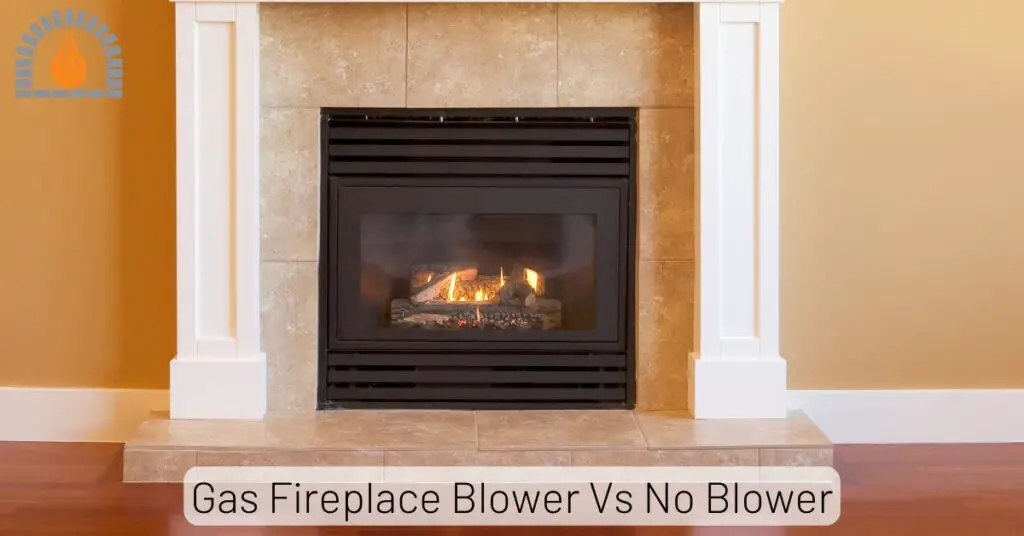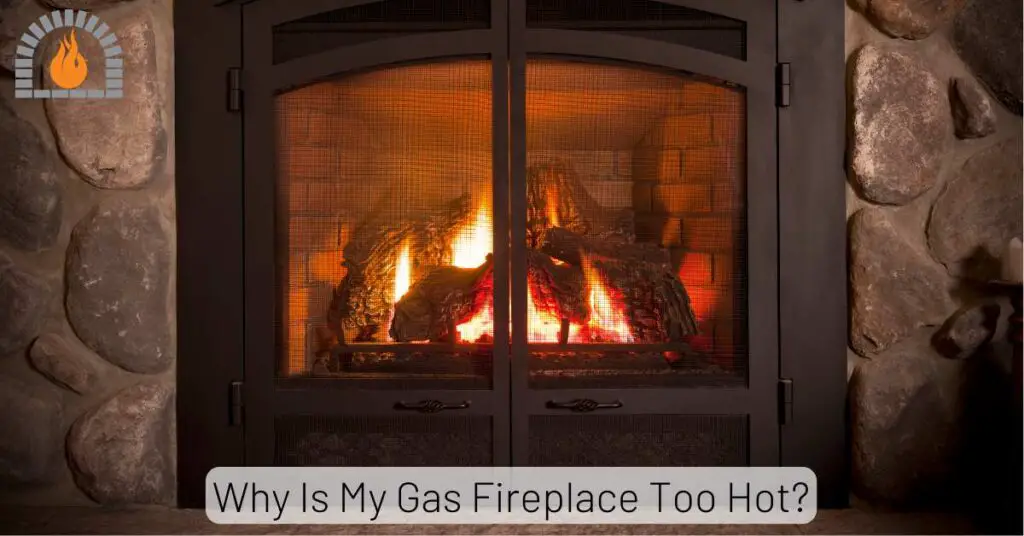Gas fireplaces have become a popular choice for homeowners seeking a convenient and efficient way to enjoy the warmth and ambiance of a fire. One common question that arises: Is it safe to leave the gas fireplace pilot on?
We prioritize your safety and urge you not to make hasty decisions. Please take the time to read the entire article for comprehensive guidance.
Overview
Older gas fireplaces have a standing pilot light that is always on. Newer gas fireplaces often come with electronic ignition systems. These systems use an electric spark or a hot surface igniter to ignite the gas when the furnace cycles on.
Understanding the Gas Fireplace Pilot Light
The pilot light is a small, continuously burning flame that ignites the main burner when the fireplace is turned on. It serves to keep the gas line open and facilitates quick ignition when you want to enjoy the warmth of the fire.
Is it Safe to Leave the Gas Fireplace Pilot On?
If you own an old gas fireplace that requires the pilot light to be on continuously to run the fireplace, then it’s safe to leave the pilot light on. However, if the pilot light is only used for ignition, leaving it on continuously will consume extra gas and increase your bill.
It is not essential for your gas fireplace to run continually with the pilot light on, so it’s advisable not to leave it on unnecessarily.
Read More: If Pilot Light Goes Out Does Gas Still Flow?
Continuous Pilot vs. Intermittent Pilot Systems
It’s essential to distinguish between continuous pilot systems and intermittent pilot systems. In a continuous pilot system, the pilot light remains on at all times.
Intermittent pilot systems ignite the pilot light only when the fireplace is in use. Each system has its own set of considerations regarding safety and energy consumption.
Energy Efficiency and Cost Considerations
Leaving the gas fireplace pilot light on continuously may result in a slight increase in energy consumption. However, the convenience of instant ignition and the ability to use certain features, such as remote controls and thermostats, may outweigh the minimal added cost.
It’s crucial to weigh the energy impact against the convenience and decide what suits your preferences and lifestyle.
Safety Tips for Leaving the Gas Fireplace Pilot On
- Regular Maintenance: Schedule annual maintenance checks by a qualified technician to ensure that all components, including the thermocouple, are in optimal condition.
- Ventilation: Ensure proper ventilation in the room where the gas fireplace is located. This helps prevent the buildup of carbon monoxide, a byproduct of gas combustion.
- Install Carbon Monoxide Detectors: Install carbon monoxide detectors in your home to provide an additional layer of safety. These devices can alert you if carbon monoxide levels become elevated.
- Follow Manufacturer’s Recommendations: Adhere to the manufacturer’s guidelines and recommendations regarding the operation of your specific gas fireplace model.
Read More: Is It Dangerous If The Pilot Light Goes Out?
How Much Does It Cost To Run a Gas Fireplace Pilot Light?
Gas fireplace pilot lights typically consume between 600 to 900 BTUs per hour, translating to an estimated cost of approximately $0.34 per hour to keep the gas fireplace pilot light running.
Final Thoughts: Is it Safe to Leave the Gas Fireplace Pilot On?
In conclusion, leaving the gas fireplace pilot on can be safe if proper precautions are taken. Understanding the type of pilot system, implementing regular maintenance, ensuring adequate ventilation, and following manufacturer recommendations are crucial steps to ensure the safety and efficiency of your gas fireplace.
By considering these factors, you can confidently enjoy the warmth and comfort that a gas fireplace provides.
Affiliate Disclosure: Fireplaceadviser.com is a participant in the Amazon Services LLC Associates Program. We may earn a commission when you click on certain links on this site and purchase.

Hello!! I am Jamal Khan. I often fix my home electric heaters and gas stove problems and research the common issues in the heating units to improve my knowledge and expertise. The aim of establishing fireplaceadviser.com is to share my expertise and knowledge with my audience.












